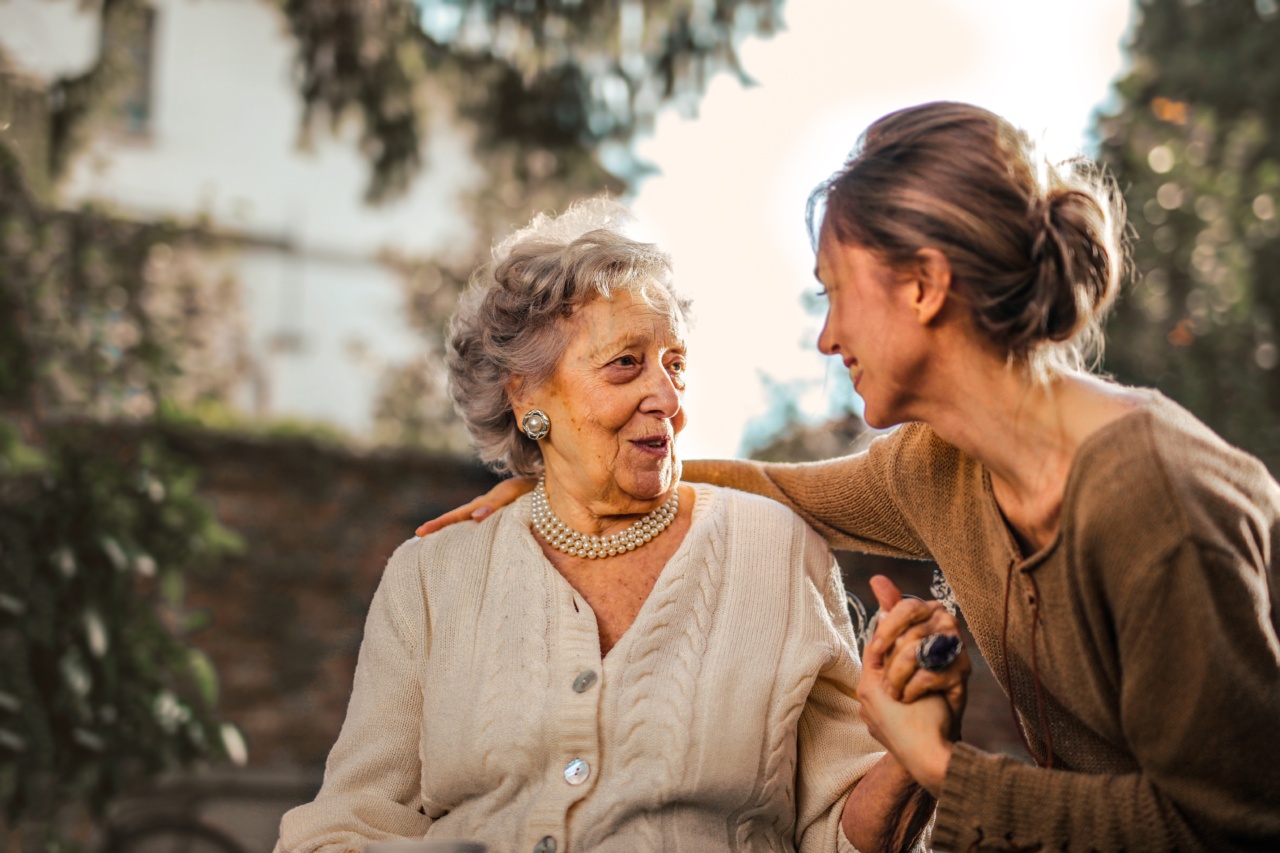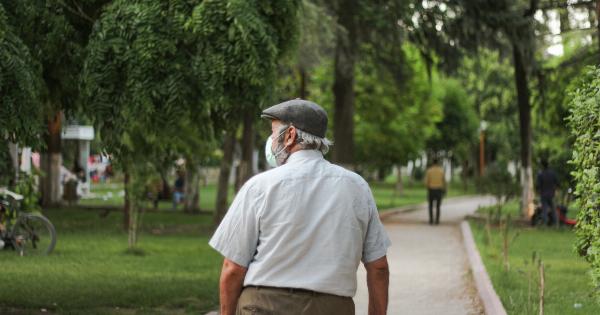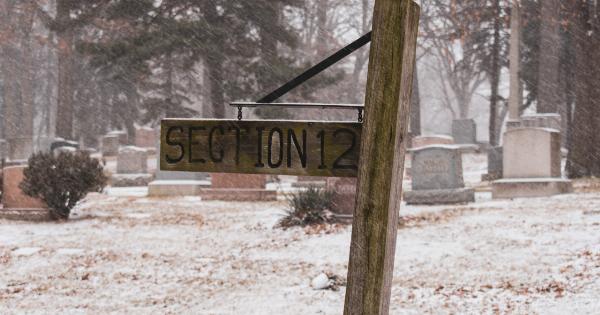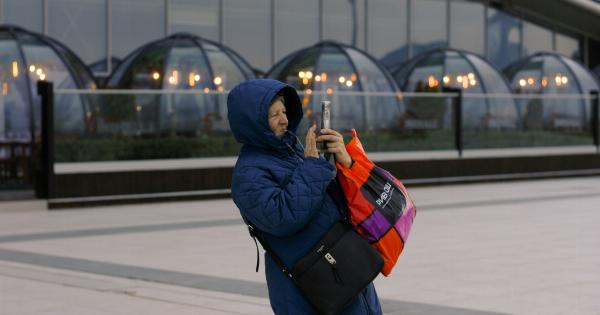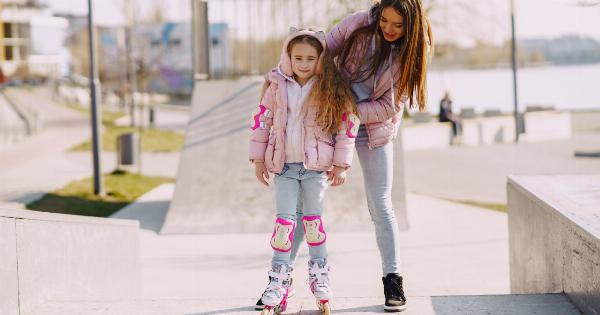Falls are a significant concern for the elderly population. According to the World Health Organization (WHO), falls are the second leading cause of unintentional injury deaths worldwide.
They can have serious consequences, leading to fractures, head injuries, and a loss of independence. However, the good news is that many falls can be prevented by taking proactive measures. In this article, we will explore five effective tips to reduce elderly falls by 25%.
By implementing these tips, you can significantly enhance the safety and well-being of your elderly loved ones.
1. Create a Safe Living Environment
The first step in preventing falls among the elderly is to create a safe living environment. Here are some essential measures you can take:.
Remove Trip Hazards
Re-evaluate the layout of the living space and remove any potential tripping hazards. This includes loose rugs or carpets, clutter, and electrical cords that run across walkways.
Secure rugs with non-slip backing and organize belongings to ensure clear pathways.
Install Handrails and Grab Bars
Consider installing handrails and grab bars in key areas of the house to provide stability and support for the elderly. These should be installed near staircases, in bathrooms, and along hallways.
Ensure they are securely anchored to the walls for maximum safety.
Improve Lighting
Poor lighting can increase the risk of falls. Make sure all areas of the home are well-lit, especially staircases, hallways, and entrances.
Install nightlights in bedrooms, bathrooms, and other frequently visited areas to reduce the possibility of tripping in the dark.
Secure Bathrooms
Bathrooms are particularly hazardous due to slippery floors. Install non-slip mats or appliques in the shower or bathtub. Use grab bars near the toilet and in the shower to assist with stability.
Equip the bathroom with an elevated toilet seat or a sturdy commode chair, if necessary.
2. Encourage Regular Exercise
Regular exercise plays a crucial role in maintaining strength, balance, and overall mobility. It can significantly reduce the risk of falls among the elderly. Here are some exercises that can help:.
Strength Training
Engage in regular strength training exercises to build muscle mass and improve balance. This can involve using resistance bands, weight machines, or even bodyweight exercises.
Consult with a healthcare professional or a certified trainer to develop an appropriate strength training program.
Balance Exercises
Simple balance exercises can help improve stability and coordination. Activities like standing on one leg, heel-to-toe walking, or Tai Chi routines can work wonders in enhancing balance control.
Encourage the elderly to participate in balance-focused classes or programs specifically designed for seniors.
Aerobic Activities
Aerobic exercises, such as walking, swimming, or cycling, improve cardiovascular health and overall fitness.
Regular aerobic activities can also help to reduce the risk of falls by enhancing an individual’s physical condition and endurance levels.
3. Evaluate Medications
Certain medications can increase the risk of falls among the elderly due to their side effects, such as dizziness, drowsiness, or unsteadiness. It is important to regularly review a senior’s medication regimen with their healthcare provider.
Consider the following steps:.
Medication Review
Consult with a healthcare professional to assess the potential side effects of medications and evaluate the necessity of each drug. Some medications might have safer alternatives or require dosage adjustments to minimize the risk of falls.
Optimize Timing
Timing is essential when it comes to taking certain medications that may induce drowsiness or dizziness.
Coordinate medication schedules with daily routines to reduce the impact of side effects during potentially hazardous activities, such as getting out of bed or using stairs.
Use Pill Organizers
Confusion in medication management can lead to errors. Simplify the process by using pill organizers, ensuring that each dose is clearly labeled and organized by day and time.
This decreases the likelihood of missed or double doses, which can have an impact on stability and cognitive function.
4. Regular Vision and Hearing Check-ups
Visual and auditory impairments are common among the elderly and can greatly contribute to falls. Regular check-ups ensure that any changes in vision or hearing are detected and addressed promptly. Take the following steps:.
Vision Tests
Encourage seniors to visit an optometrist regularly for comprehensive eye exams. This enables early detection and treatment of vision problems, such as cataracts, glaucoma, or macular degeneration.
Update eyeglass prescriptions as needed to optimize visual acuity.
Hearing Assessments
Hearing loss can affect an individual’s awareness of their surroundings and ability to maintain balance. Schedule regular hearing assessments with an audiologist to identify any hearing impairments.
If necessary, consider the use of hearing aids or other assistive devices.
5. Assistive Devices and Home Modifications
Depending on the specific needs of an elderly individual, assistive devices and home modifications can substantially reduce the risk of falls. Consider the following options:.
Mobility Aids
If the elderly person experiences difficulty with balance or walking, introduce assistive devices such as canes, walkers, or mobility scooters. Make sure these devices are properly fitted and provide appropriate training on their use.
Home Modifications
Home modifications can make daily activities safer and easier. Install handrails on both sides of staircases, improve the accessibility of entryways, and ensure that all floors and walkways have adequate traction.
Safety equipment like non-slip mats and raised toilet seats can also be beneficial.
Emergency Call Systems
In case of a fall or other emergencies, having an emergency call system can provide reassurance and prompt assistance. Consider obtaining a personal alarm system that the elderly person can wear or keep within reach at all times.
By following these five tips, you can significantly minimize the risk of falls among the elderly.
Creating a safe living environment, encouraging regular exercise, reviewing medications, scheduling regular vision and hearing check-ups, and implementing assistive devices and home modifications are all proactive measures that can enhance the safety and well-being of our elderly loved ones.
